Hugelkultur, or hugel beds, are an old German gardening method. The basic concept is very simple: bury wood in the ground, then cover it with earth. As the wood rots over the course of time, it will create a spongy, water-retaining, nutrient-filled interior.
You plant directly on top and on the sides of the hugel mound. Then when a drought hits, or a super-hot afternoon like we get here in Texas, your plants have a fresh, stable source of water.
To make things even sweeter, you can put leaves, grass clippings, old fruits and vegetable scraps, and any other organic matter in with the wood. These will also decompose over time and provide a source of nutrition for your garden. It’s basically like planting straight on a compost pile of epicly awesome proportions.
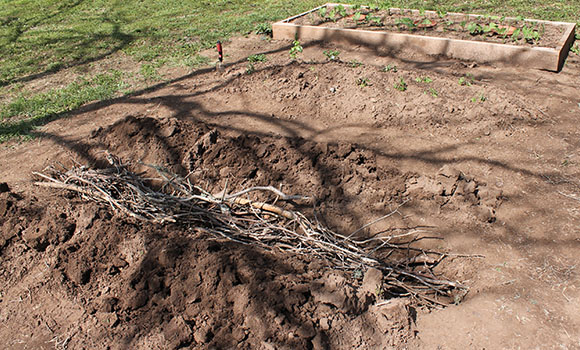
Start by collecting wood.
The longer it’s been dead, the better, unless it’s already mush. You can use an entire tree trunk and you’ll enjoy the benefits for longer, or a bunch of random sticks like I have here.
Either dig a hole like I did—this one is about 1 foot deep—or pile your wood on top of the ground after you’ve cleared it of weeds.
Try to arrange the wood in such a way that it is compact. I’d recommend stepping on small branches and twigs to easily break and compact them, but then you could fall on your face and get mad at me, so… don’t do that.
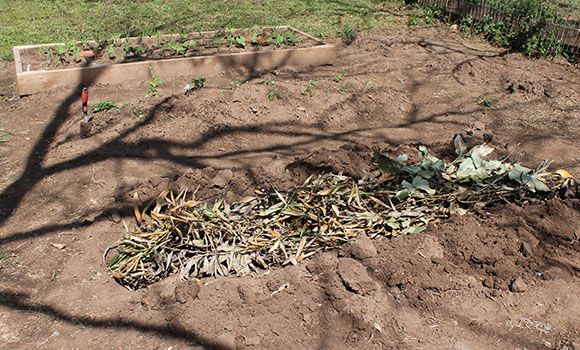
Add other organic material.
Here I chopped down some big shrubs that didn’t make it through the winter. Leaves, grass clippings, scraps from the kitchen, and even weeds are good if you’re sure they don’t have seeds in them.
Pile your organic material on top of the wood. This will break down much faster than the wood and will be more readily available to your plants’ roots in about the middle of the pile. The microbial life attracted by the decomposition of these guys will also be really beneficial to your garden.
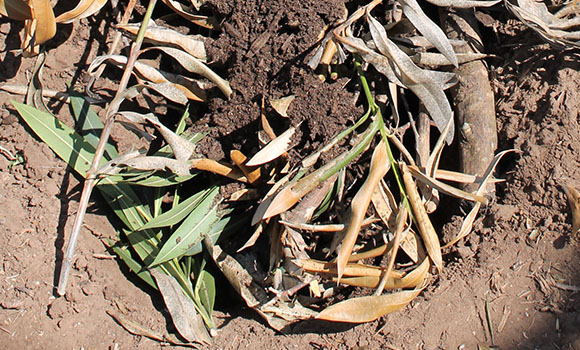
Throw on some ready compost.
Toss some compost on top—this is a collection of plant matter that’s already decomposed, or possibly some rotted manure. No, it doesn’t smell like poop! Compost that’s ready to use has a sweet, earthy smell, a moist texture, and a dark color. Old farmers call it ‘black gold.’
The compost here will trickle down through the cracks and fill up the empty space a little bit, but we also want a bunch of it to stay on top. This will be the immediately available nutrition source for your new plants.
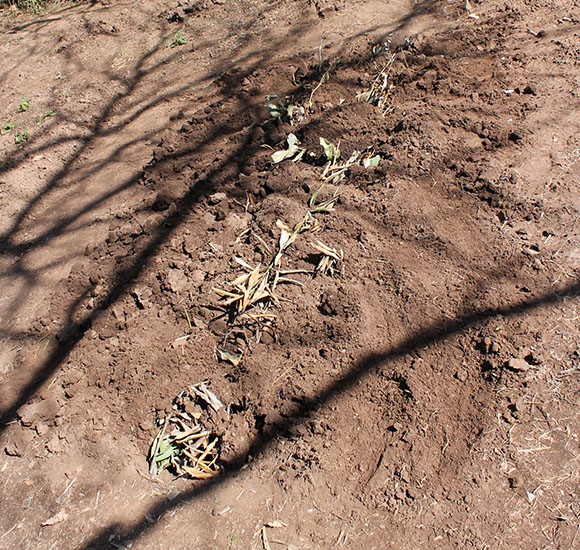
Mix in the native soil.
Begin evenly shoveling the native soil on top of the layer of compost and mix it well. Your plants need to get used to at least a little bit of the native soil so they will be used to it if/when their roots venture beyond your hugelkultur.
Add another layer of compost when you’re half-way done, then keep piling on the native soil and mixing it until…
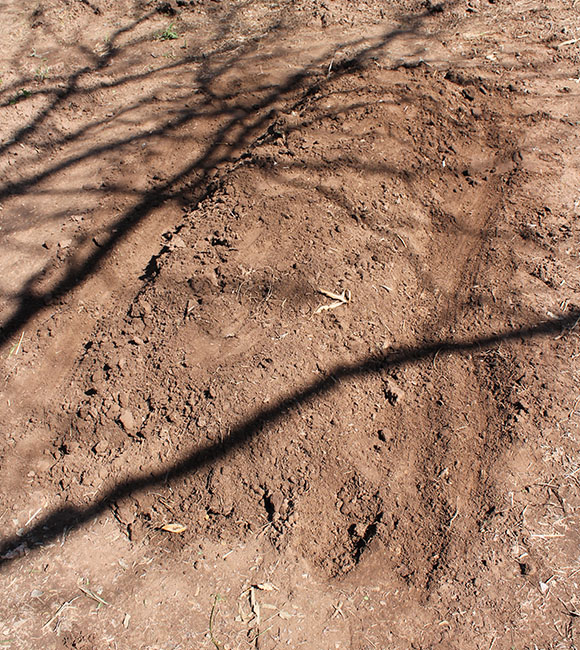
Ta-da! You’ve made a hugel bed.
It was a lot of work, but but this raised bed will be drought-tolerant, nutrient-rich, and have excellent soil quality for years to come. Each year all you’ll need to do is add a fresh layer of compost on top and you’re done!
Your hugelkultur mound will last for several years depending on how much and what type of wood you used. Full tree trunks will take much longer to break down than individual twigs. Cedar and pine, while not the best choice for your plants because of certain compounds inside them, will take the longest to decompose.
When planting seeds or baby plants in your hugelkultur bed, dig a little hole for that specific plant and put a handful of pure compost in there to plant it in. This will ensure that it has the best nutrition and moisture available as it establishes.
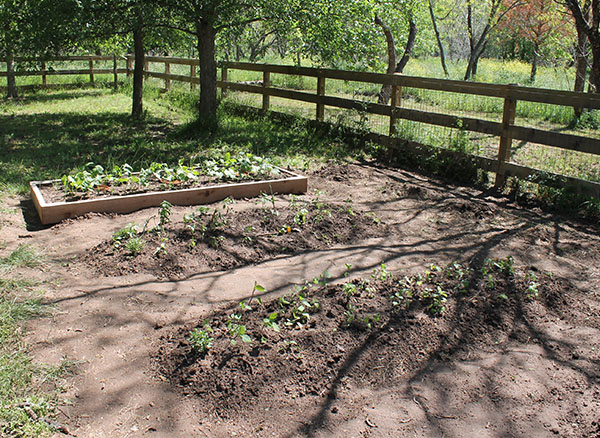
I planted a bunch of heirloom wonderberries, or sunberries, in my example hugelkultur bed along with stevia plants and lemon balm. I’ve never grown wonderberries before, but they are supposed to grow similarly to tomatoes and produce little black berries (maybe similar to a blueberry, but darker in color?). I guess I’ll know in a few months…


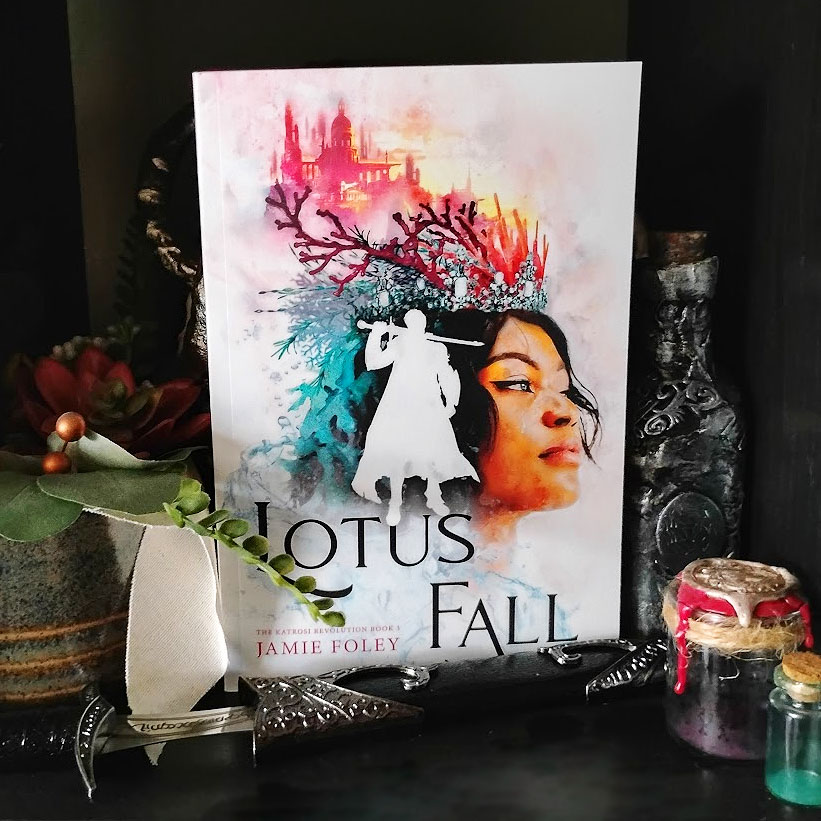

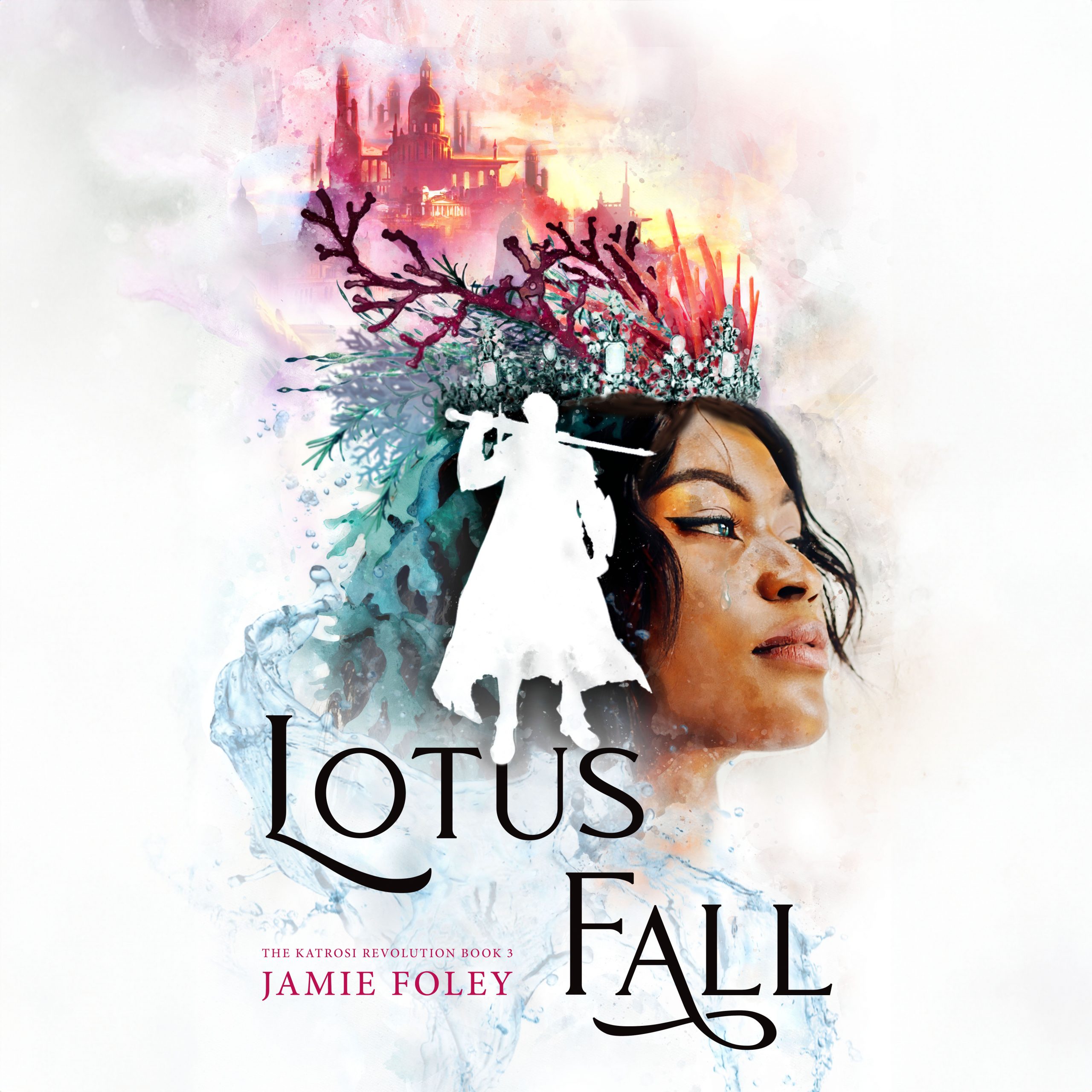
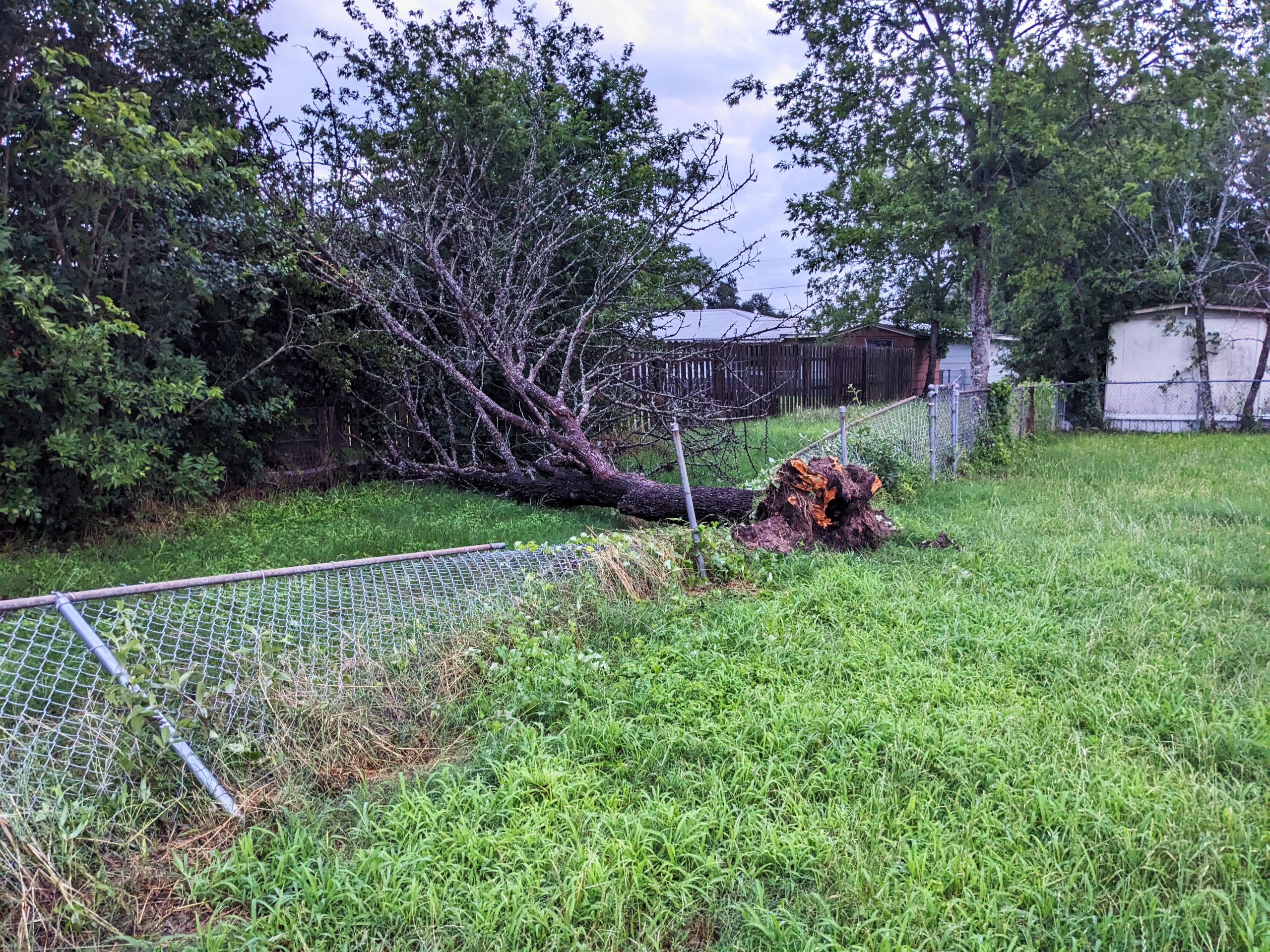

Leave A Comment